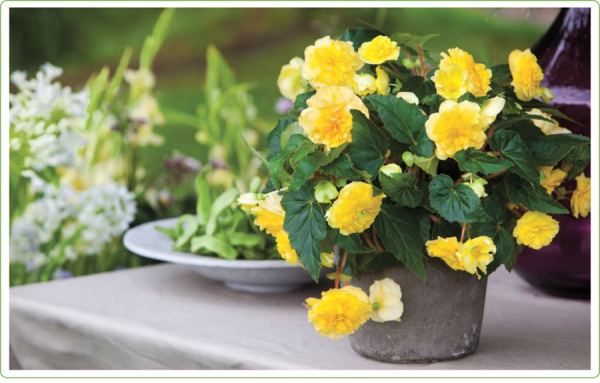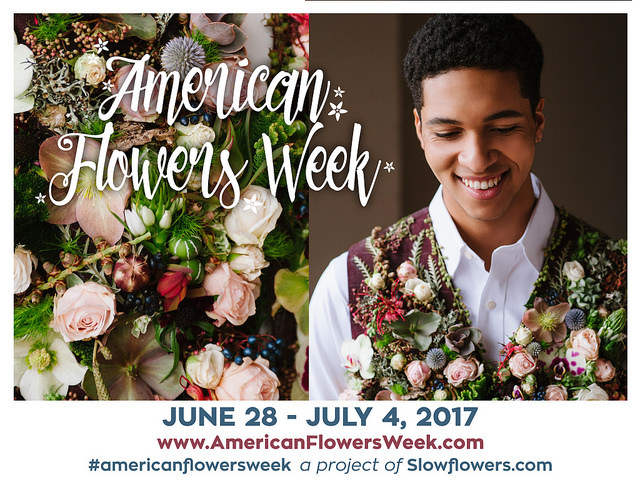Starting Tuberous Begonias Indoors

Begonias grow well in hanging baskets, containers and beds and borders.
Have you heard the old saying “You can’t fool Mother Nature?” Clearly whomever coined the phrase never started tuberous begonias indoors!
Gardeners are always eager for the gardening season to begin, and sometimes winter can make us feel less like cozy hibernating bears and more like caged lions. Our patience usually runs out far before Old Man Frost is ready to move on. Starting plants indoors lets you get a head start on the gardening season and also scratches the gardener’s itch in those last few weeks of winter.
Tuberous begonias are lush, shade-loving plants with thick, waxy leaves and big, rose-like flowers in beautiful colors. The plants have either an upright or cascading habit, depending on the variety you choose. They are easy to grow in garden beds, landscaped areas and all sorts of containers.
In all but the warmest climates, starting tuberous begonias indoors is well worth the effort. You’ll have flowering plants more than a month earlier, and once they start blooming, they’ll continue non-stop until fall.

Make your own growing chamber with peat pots, a dinner plate and a cake topper or terrarrium cover.
How To Start the Tubers Indoors
Begin by collecting your supplies. You will need:
- Quality indoor growing mix (don’t use garden soil or compost)
- Plastic seed trays or peat pots
- Begonia tubers (one per pot or seed tray compartment)
- Cake topper, terrarium or clear plastic food wrap to hold in moisture
- Plate or tray for the base of your growing chamber

Peat pots and seed trays work equally well for starting begonia tubers.
Fill the seed tray or pot about 2/3 full of moist growing mix. Place the begonia tuber into the pot with the concave side facing up and the domed side resting on the soil. Cover the tuber with about an inch of soil. Water lightly and cover the tray or pots with the cake topper, terrarium or clear plastic food wrap. You can also place your seed trays inside a plastic storage container with a clear lid.
Covering the trays or pots will help encourage the tubers to sprout, by keeping the soil consistently moist and warm. In most cases, you won’t need to water again between the time you plant and when the tubers sprout. Check the tubers about once a week to make sure the soil is not drying out. If so, just water lightly.
Grow your baby begonias in a warm (75-80°F) place where there is indirect light. It will usually take 2-4 weeks for the tubers to sprout. When the sprouts are about a half inch tall, remove the covers and move the young plants to a sunny window or put them under grow lights.

Potted tuberous begonias will flower continuously on a shady patio or porch.
From Bulb to Bloom
As your begonia plants start to leaf out, water as needed to keep the soil lightly moist. Eventually, you’ll need to transplant the tubers into larger pots. You can give them each their own pot, or put a couple tubers into a larger container. When transplanting, the tubers should be no more than 1″ below the soil surface.
You can move the plants outdoors after any threat of frost has passed. Check your zone for suitable planting times. Tuberous begonias look stunning in shade gardens, as borders for walkways, mass planted in landscapes and in containers and hanging baskets. If you are transplanting them into your garden, choose a location with well-drained soil and 4-6 hours of indirect sunlight per day. Begonias won’t tolerate hot, midday sun, but they can take a lot of heat and humidity — as long as you water when needed.
If you can recommend a special technique for starting or growing begonias, please leave a comment below!

